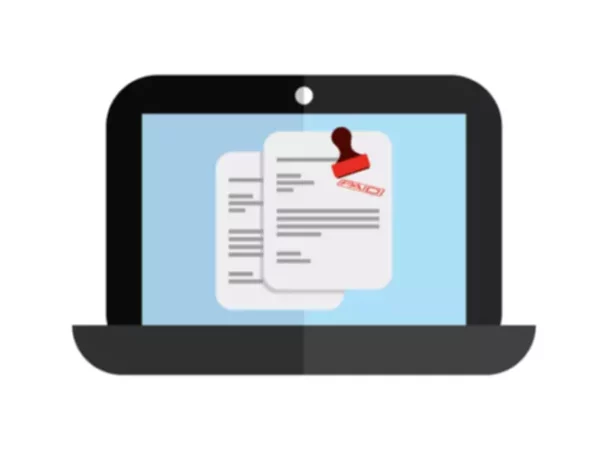One of the characteristics of a market economy is the competition between businesses, and the most important financial indicator for a business is profit. The forces that stimulate growth, along with other economic indicators, show the business entity’s efficiency. Further development is influenced by how profit distribution is undertaken. This is in the hands of the enterprise’s owners.
Before we speak about what retained earnings are, it is necessary to consider the obligations a company has before even receiving income. The first such obligation is income tax. This mandatory payment is taken from the company’s gross income.
After that, the company’s shareholders receive their shares from the net profit amount, the so-called dividends. Dividends can turn a profit into a loss, especially if the company is struggling. Finally, the remaining part of the capital will be referred to as retained earnings. These can be spent in several ways.
An organization’s retained earnings are often a good indicator of its profitability, as well as its attractiveness to investors. They are calculated on an accrual basis at the end of each reporting period. Proper accounting of retained earnings is an essential factor in the preparation of reports. This may affect categories such as dividends and the number of shareholders.
What Impacts Retained Earnings?
So what are retained earnings? In short, retained earnings are the portion of net income that was not paid out as dividends but was retained by the company to reinvest in business development or pay off debt.
Retained earnings on the balance sheet are listed under shareholder’s equity. The formula for calculating retained earnings is as follows:
RE 1 = RE 0 + Net Income – Dividends
where RE 1 – retained earnings at the end of the current period;
RE 0 – retained earnings at the beginning of the current period;
Net Income – net profit;
Dividends – the number of dividends paid.
It should be noted that if the company did not receive net profit during the current period, instead of showing a net loss, the formula will look like this:
RE 1 = RE 0 – Net Loss – Dividends
Companies often save a part of their income to invest in areas with growth opportunities, for example, purchasing new equipment or conducting research. The retained earnings account is adjusted every time a new entry is added to the income or expense account.
Equity structure

If the net loss for the current period is higher than the retained earnings at the beginning of the period, those retained earnings on the balance sheet may become negative. This creates a deficit. In other words, the uncovered loss is the loss that occurred when the enterprise experienced an actual loss and was unable to cover it with retained earnings.
Retained earnings may increase when errors are found in financial statements. This takes place when the expenses were overstated in previous periods. Accordingly, the errors that created the overstatement of income will reduce the accumulated earnings.
Let’s take a look at an example: Suppose that the revenue from the company’s core business activities amounted to $50,000, non-operating income – $6,000. Costs of production – $49,000, other expenses – $9,000, and taxes – $4,000. The company did not have a reserve fund.
After calculating the uncovered loss, the loss amount of $2,000 will appear in the balance sheet. If, at the beginning of the year, retained earnings were present, then the resulting loss will reduce them. If there were no retained earnings or the retained earnings amount was smaller than the deficit, then negative retained earnings will appear on the report.
Dividends
Net income is the portion of profit remaining after taxes and other expenses have been paid. The company independently determines how to use these funds. In most cases, investors prefer to receive their share of profits in the form of dividends. In turn, if the company pays bonuses, there will be fewer or no funds to add to the retained earnings account.
However, if a company experiences losses for a prolonged period of time, it could lead to the enterprise’s primary source for covering losses and paying dividends to be completely drained. Retained earnings may have also been diverted to other needs, and so not be available to cover losses.
Generally, a company would need to have positive retained earnings to pay dividends.
Negative shareholders equity

Can shareholder’s equity ever be negative? Unfortunately, yes. Since retained earnings are part of shareholder’s equity, continuous significant losses can decrease retained earnings to the point that their negative balance brings the total stock value down.
When stockholder’s equity is negative, it is not noted as such on the balance sheet. Instead, the total deficit appears on the company’s balance. For management, owners, and investors, this means that a company might soon have to file for bankruptcy.
As long as a company has cash available, it may be able to continue operations. Although shareholders might not get dividends, and their shares will get devalued, they will not owe anything to the company, and creditors will not be able to demand anything from them.
How Negative Retained Earnings Impact Business

Negative retained earnings harm the business and its shareholders, as well as decrease shareholders’ equity. Besides being unable to pay dividends to shareholders, a company that has accumulated a deficit that exceeds owner’s investments is at risk of bankruptcy.
If there is a loss, the company should carefully analyze the causes. Consistent losses can be the result of a decrease in the competitiveness of products or changes in the marketplace, making company’s offerings less attractive to buyers. This will require a change in sales strategy or changes in production processes. It may also only be a temporary occurrence.
Additional funds, and a way to earn sufficient profits to cover losses, is necessary to bring negative retained earnings back to a positive balance. However, this will take time, and puts a company at risk of losing investors. It should be noted that paying dividends using borrowed money when a company is experiencing a loss is unlikely to do any good and may even lead to bankruptcy.
Another way to increase retained earnings is to reevaluate the company’s assets. By adjusting company’s holdings to conform to market value, a company might be able to bring its retained earnings balance into black. This will enable a company to begin paying dividends sooner.
If a company wants to attract investors, it will have to explain why it has a negative balance in retained earnings. Investors might be forgiving of a startup company that has not yet established itself. Even if a company has been operating for some time, one bad year may not discourage investors.
However, it is expected that a long established company has healthy enough retained earnings to get through seasonal or temporary downtimes. A company will show this by having retained earnings normal balance. Lack of sufficient retained earnings for such a company would signal a lack of profitability, inefficient management or that the company chose to pay significant dividends to shareholders when it made little financial sense to do so.

















